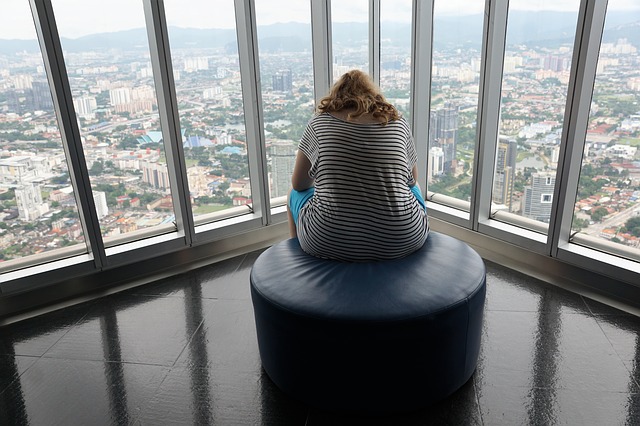Imagine telling yourself five years ago about the coronavirus and how it would change ophthalmology. Imagine telling yourself about the shuttered clinics and cancelled surgery . . . about social distancing and lockdown rules. It’s hard to picture, isn’t it?
Now, try to imagine how ophthalmology will look in the years after the virus has finally passed. Don’t be fooled, the changes that the pandemic has introduced become more permanent every day. Whether it’s telemedicine, plastic screens in clinics or something else, ophthalmology will look rather different when this is all over.
Much of the discussion has focused on how clinical treatment will be altered by the coronavirus, with telemedicine in particular likely to become far more widely used. Less attention has been given to how business practices will change. From setting up new clinics, to the manufacturing-distribution-clinic pipeline and product launches, everything about the industry will be affected in some way.
Plagues Have Their Positives

This doesn’t have to be negative . . . every virus has its virtues. The Black Death, for example, led to improved workers’ rights, the creation of an urban middle class, and the eventual downfall of feudalism. We’re not expecting such profound change in ophthalmology but the point should be clear: Not all change is bad.
This is an idea embraced by Kuntal Joshi. He is the area director for the Asia-Pacific region at SIFI, an Italian pharmaceutical company specializing in ophthalmic medicine. SIFI works in a variety of international markets and as such, Mr. Joshi has taken note of the different reactions countries have had to the pandemic.
For example, Mr. Joshi said that while it seems that Asian clinics are beginning to adapt to the coronavirus economy thanks to increased inter-regional collaboration, their American counterparts are more worried about how they can relaunch their clinics and restart elective surgery. Mr. Joshi believes that like telemedicine, webinars will become a permanent feature of ophthalmology. In fact, large meetings could even become a thing of the past.
“I honestly don’t think we will come out of this and go back to the way that we were living. The idea of getting on a plane to go to a meeting and sit down in front of somebody, then discussing business as before is almost unthinkable,” Mr. Joshi said.
“I’ll be surprised if the 30th World Congress on Ophthalmology and Optometry in Amsterdam is going to allow a large crowd of 30K people to come through their city in early October. There’s a question of liability right?” he added.
Financial Fallout: Rent and Markups Could Damage Ophthalmology

Liability also extends to the cost of leasing space at clinics, especially in countries like Singapore where real estate prices are high. Mr. Joshi says many clinics in the country could fall behind on their rent payments.
This problem could be exacerbated by social distancing requirements that keep patients safe, but also significantly reduce the number of procedures clinics can carry out at any given time. Walk-in clinics will have less latitude to assign patients due to the backlog caused by social distancing methods. However, Mr. Joshi believes that international collaboration might mitigate some of the damage.
“Ophthalmologists will only see certain types of patients on certain days; operating theatres will be run on limited days; and surgeries will only take place on certain days . . ..so that they can maximize their time in the operating room,” Mr. Joshi said.
“We’re in uncharted territory, but generally people are sharing best practices — whether you’re in Japan, Australia, Europe or Singapore . . . everybody’s going to try and find ways to facilitate seeing patients in the most efficient and least demanding way,” he added.
Mr. Joshi remains optimistic about the future of SIFI too, despite a delayed product launch in India. He expects the Indian economy to rebound after the lockdown is lifted and for SIFI to perform well. However, he expresses concern about the possibility of a 20-30% markup on pharmaceutical goods that could be imposed by the Indian government.
“When things open up again, it’ll sort of be a relaunch. When the government opens up the Indian economy, we’ll have a restart,” Mr. Joshi said.
“The Indian government has started to enact regulations whereby they are telling companies, both international and domestic, what the markup on products could be. Now it’s going to be a markup of maybe 20-30% at maximum. But I don’t know if that’s tied into this pandemic era,” he added.
Editor’s Note: This story is part of the continuing “Q&A from Quarantine” series of CAKE Talks, where Matt Young (CEO of Media MICE and Publisher of PIE and CAKE magazines), during the time of COVID-19 lockdown reached out to KOLs and industry friends to evaluate and discuss the impact of this pandemic to the ophthalmic world.



